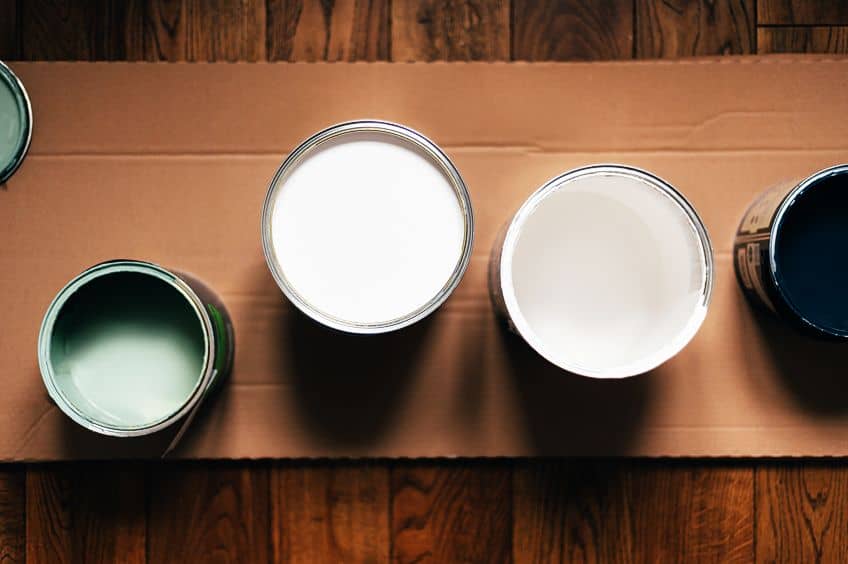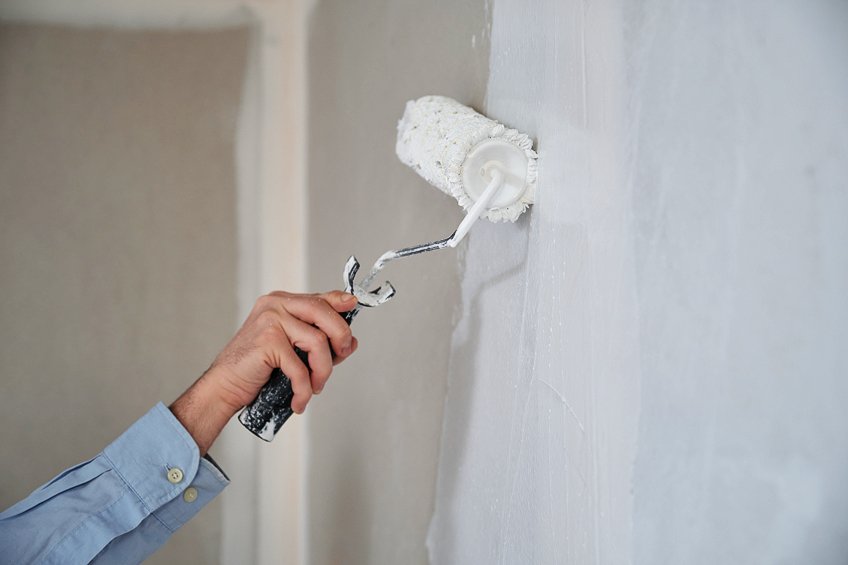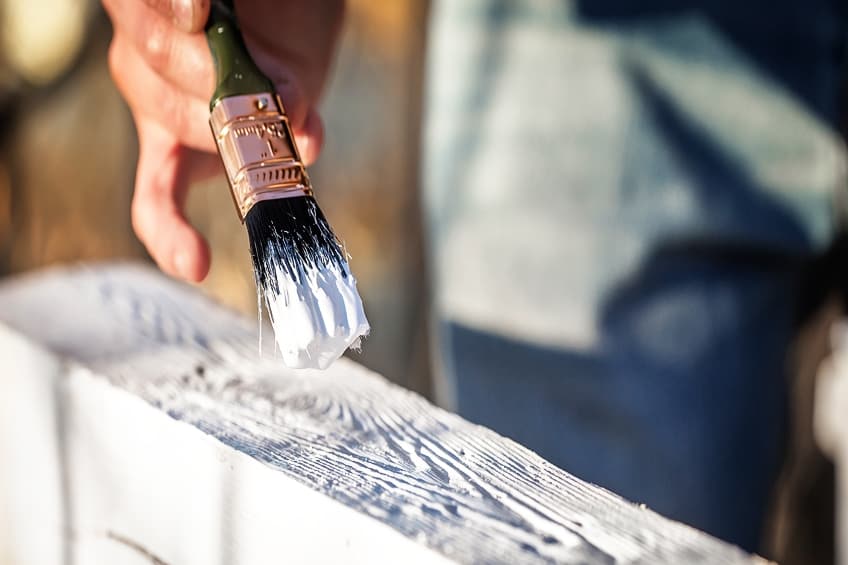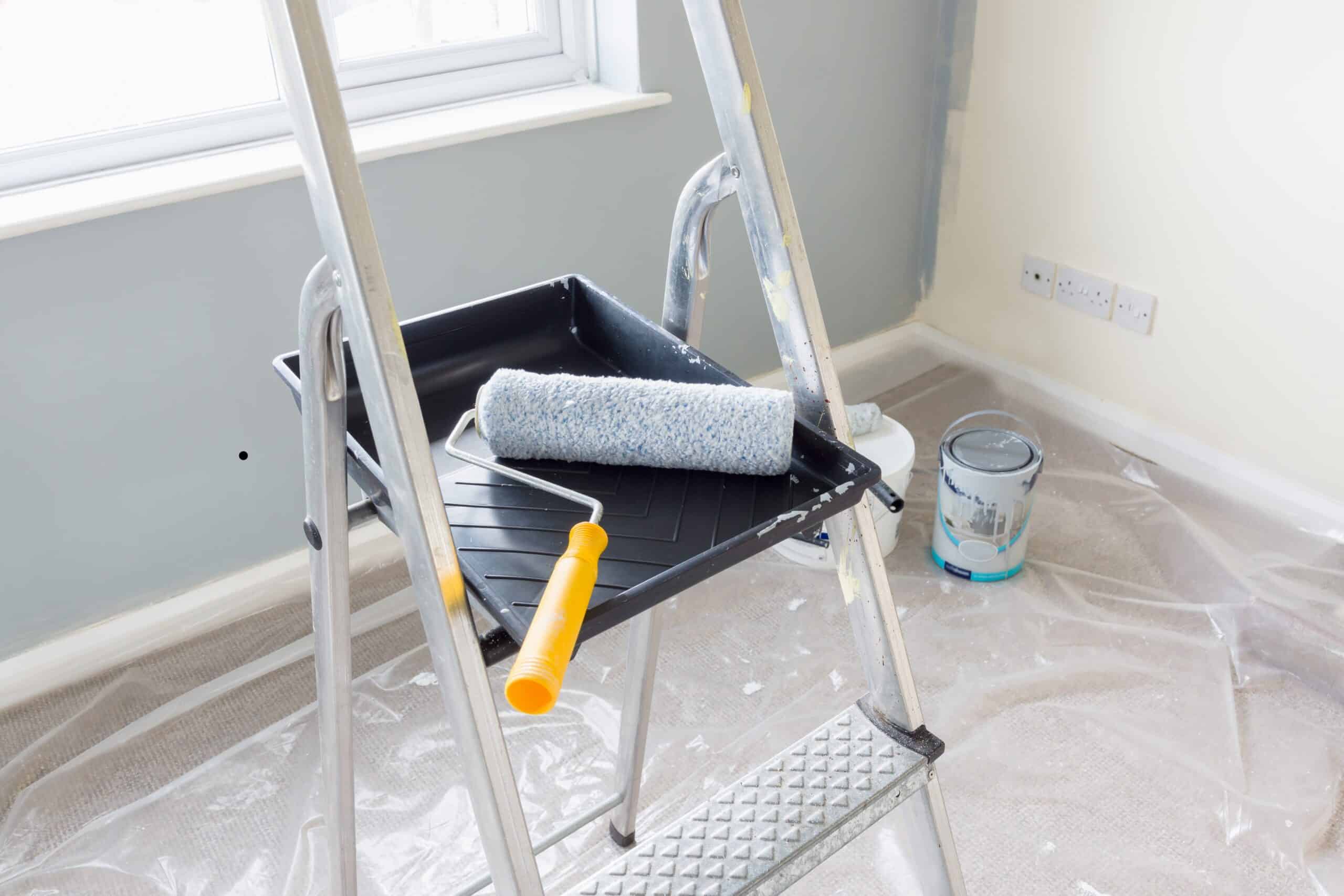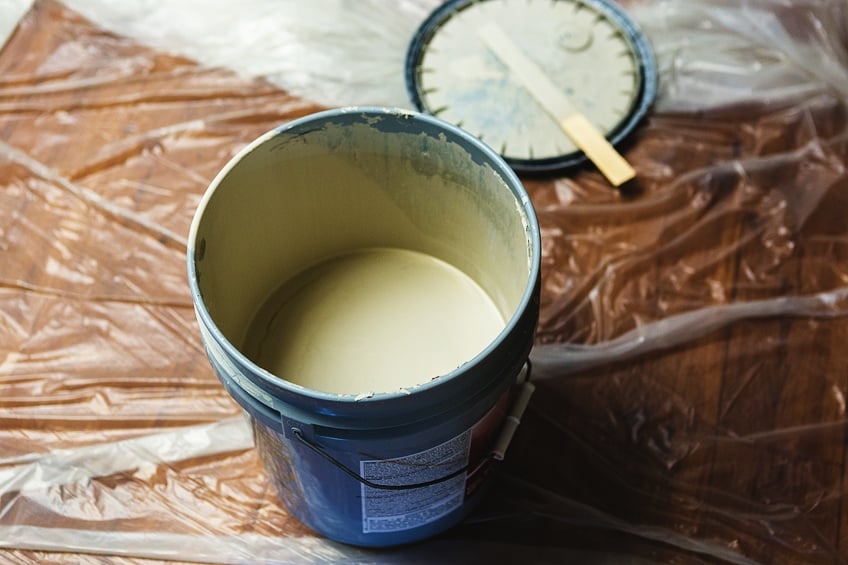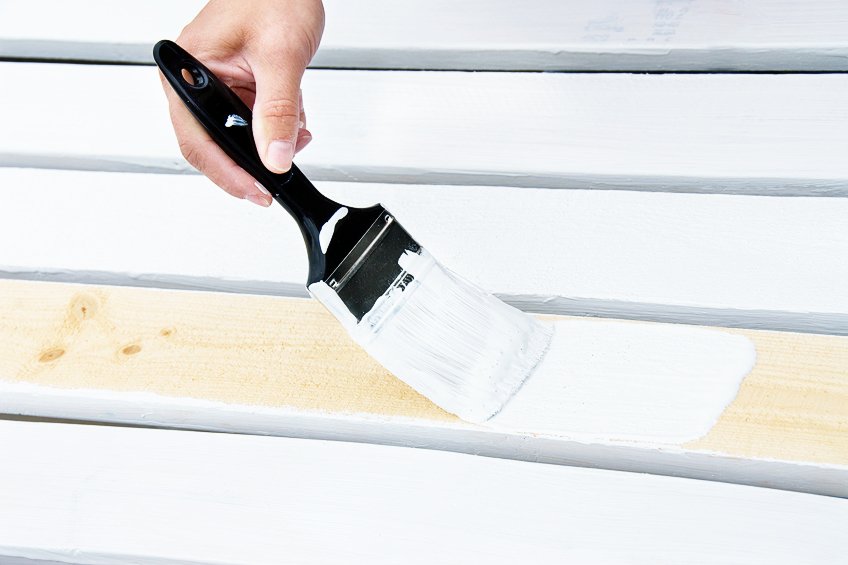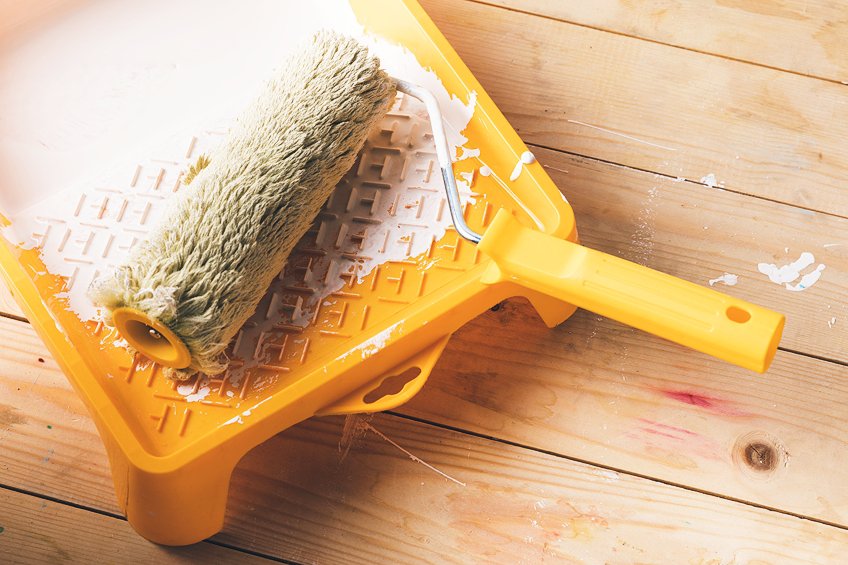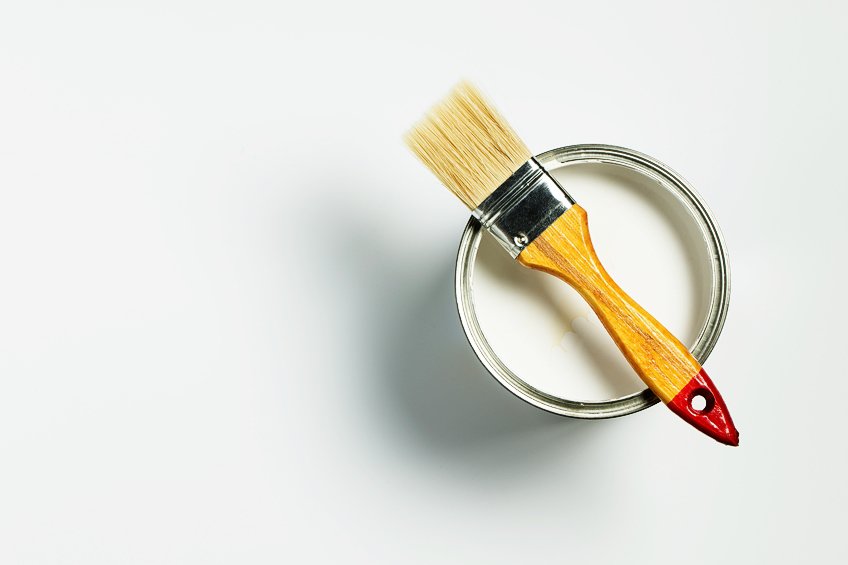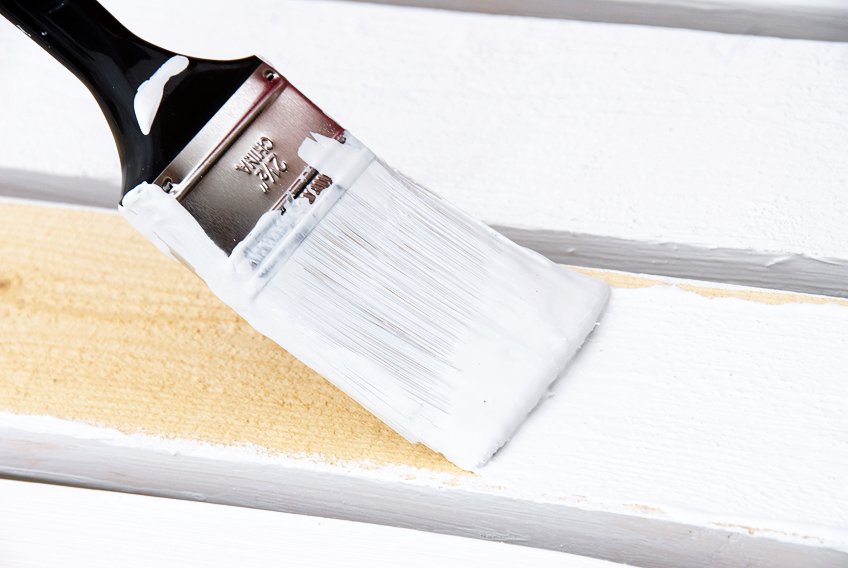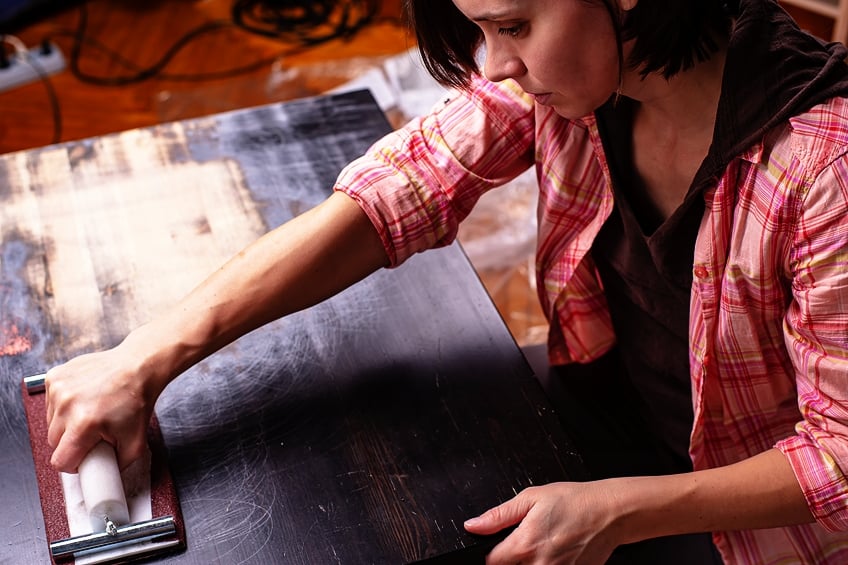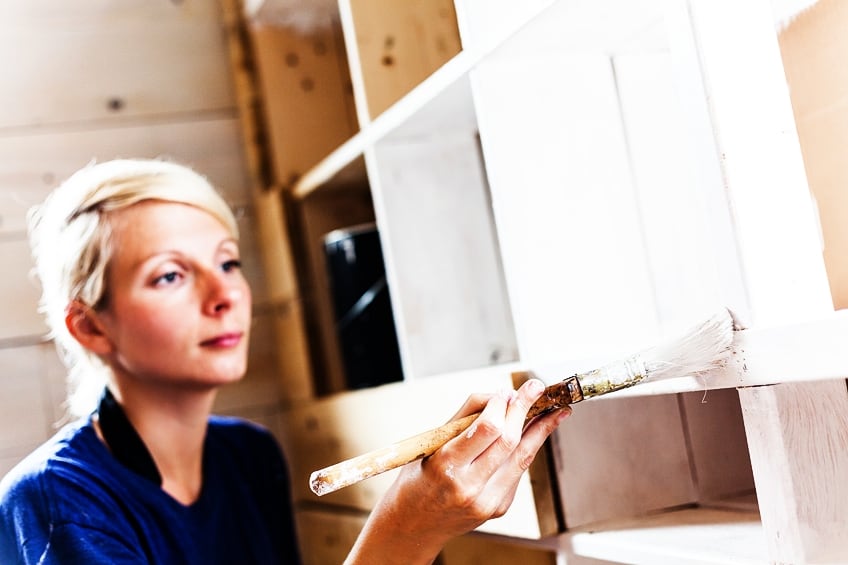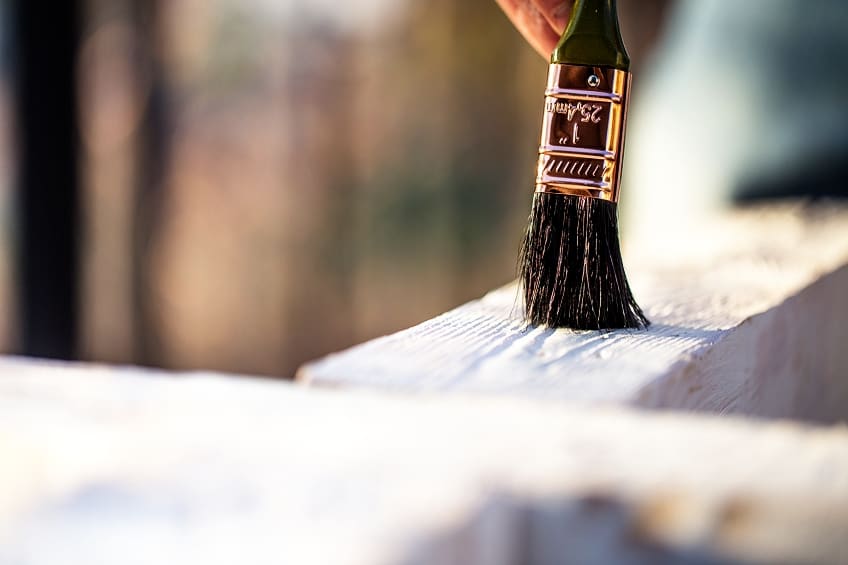Primer vs. Undercoat – When and How to Use Them
This post may contain affiliate links. We may earn a small commission from purchases made through them, at no additional cost to you. You help to support resin-expert.com
Preparation is an important step in any painting process. Aside from cleaning and sanding the surface of your workpiece, adding primer and/or an undercoat to the surface is pretty much the only way to ensure that your finish will be consistent and even. Do you know the difference between primer and undercoat, though? While some will swear by undercoat and others by primer, they both have inherent qualities that make them suited for certain applications. If you aren’t sure what the difference between them is, let’s have a look at the primer vs. undercoat debate and see what’s what.
Table of Contents
Primer vs. Undercoat
While some tend to use the terms interchangeably, they are intended for vastly different applications. If you’re a bit unsure about the difference between undercoat and primer we’ve together a short explanation of the exact difference between undercoat and primer as well as their intended application and compositions.
What Is Undercoat?
Is undercoat the same as primer? Well, sort of. An undercoat is essentially a coat applied to a workpiece with the express intention of ensuring that your paint produces an even finish once applied. When the paint is applied directly to a surface without the use of an undercoat (especially if the surface is porous), it can result in a blotchy finish due to the differences in density and porosity across the surface of your workpiece.
Undercoat can be used on its own in certain instances, but most professional and even DIY enthusiasts will advise against it. Undercoat is supposed to be used in conjunction with primer as it doesn’t have any adhesion-enhancing properties of its own, unlike primer. Is undercoat the same as primer then?
No, undercoat is essentially painted and has been specially designed to be painted over to ensure an even finish.
There are many types of undercoats at your disposal, which makes sense considering that most materials these days can be painted. Some of the most commonly used undercoat types are polyurethane, rubberized, wax/paraffin, asphalt, water, and petroleum-based undercoats, all of which have advantages and disadvantages associated with being used on their intended surface.
Undercoats have a number of other advantages. Aside from being rich in pigment to act as a good base for your topcoat, undercoats also act as an extra layer of protection for your surface, preventing things like moisture and heat from ruining the look of your surface. As you can see, undercoat is quite a handy tool to have in your painting arsenal.
What Is Primer?
Now that we’ve got the whole “what is undercoat” question out of the way you’re probably asking yourself what primer is. Primer can be described as an adhesive coating specifically designed to ensure your paint sticks to the surface of your workpiece, all while ensuring that your finish is even, although this is considered a secondary function.
Primer is applied much in the same way that paint is, and once it has had the opportunity to cure you can apply your paint knowing that once it has the chance to dry it will not chip or peel. There are many types of primers, including primers for brick, mortar, wood, metal, glass, fabric, and even plastic surfaces.
Primers virtually guarantee an even finish when used correctly.
Now you might be asking yourself, can I use undercoat as a primer? No, undercoats do slightly increase the surface friction of a surface, so the paint is able to adhere correctly, but they do not “stick” the same way primers do. Therefore, you run the risk of your undercoat and topcoat lifting and peeling if you attempt to use undercoat in place of a dedicated primer.
Following this logic, the next question after “Can I use undercoat as a primer?” is “Can I use primer as an undercoat? Sort of. While primer does improve the evenness of paint once applied, it’s not quite to the same degree as a dedicated undercoat. This being said, it’s always best to use products for their intended applications.
What Are the Differences Between Primer and Undercoat?
Due to the primer, and undercoat being so similar and having similar functions, it can be a bit difficult to distinguish between the two. After all, if they both help improve your finish surely, they can be that different, right? Well, there is a notable distinction to be made once you understand the chemical composition of each substance, which should better your understanding.
Primer
The best thing to do is ask what each substance does. What does primer do? Primers’ primary function is to ensure that your paint adheres to the surface in question. To achieve this, primer is made using a combination of synthetic resins, additives, and solvents. Different primer types will have additional components in their composition, all of which help a specific paint adhere to a specific surface.
Undercoat
Undercoats on the other hand are a bit different. The primary function of undercoats is to ensure that your paint looks even once it has been applied to your workpiece. To achieve this, commonly used undercoats can consist of a variety of substances including but not limited to asphalt, silicone, rubber, ceramics, fiberglass, and even petroleum!
As with primers, undercoats are available in quite a variety of products.
When to Use Each
While it might seem like these two substances have the same purpose, in reality, they only overlap at a certain point in terms of application. Primer is used to increase the adhesive ability of your paint, while undercoat is used to ensure that paint has an even finish once it has been applied. While primer does help even out the tone of the paint a little bit, undercoat does not.
When would you use each of these then? Let’s start with primer. Primer is designed to be used when painting a surface with little to no surface friction. Primer is applied after the surface has been cleaned and sanded and allowed to dry and cure completely before paint is applied.
Primer is naturally more “sticky” than paint and undercoat, making it the ideal tool for the job.
Primer can be used on a variety of materials including wood, metal, plastic, and even certain types of glass. It’s best practice to use primer when painting pretty much any surface as it ensures the longevity of your paint and ensures that your paint isn’t wasted by preventing peeling and chipping over time.
Undercoat is a bit different from primer but in one aspect particularly. Undercoat is used to ensure that paint is evenly absorbed into the surface of a workpiece once it’s been applied. Undercoat is best used in scenarios when adhesion isn’t a problem but porosity and/or inconsistent density becomes a problem when applying paint to a workpiece.
Simple stuff, right? Undercoat can be applied to a number of materials and surfaces that might cause your paint to be absorbed unevenly. This includes but is not limited to brick, wood, drywall, cardboard, and even plastics.
Undercoats are essentially supposed to be used when the material would unevenly absorb into the surface of your workpiece.
Factors to Consider When Choosing Between Primer and Undercoat
Choosing between primer and undercoat can be a challenge. Different materials have different characteristics which can require different approaches when it comes to preparing them for painting. Knowing which tools you have available to you and when each is appropriate (as well as the properties of the materials you’re working with) can help you make this decision.
If a material is simply porous and you’re concerned about your finish becoming all blotchy then you should simply use some undercoat. Materials like wood and some types of drywalls tend to fit this description, but there are some other things you should consider as well. What forces will your materials be subjected to? Are they situated in a highly trafficked area with a high probability of damage? What your workpiece will be used for may cause you to reconsider your choice. Primer is generally used when surface friction and/or adhesion is a concern.
If the surface of your workpiece is still particularly smooth after it has been cleaned and sanded, a good primer can make the surface conducive to receiving paint.
However, there are instances where the surface you are working with might require both an increase in surface friction and a means of ensuring your paint is evenly absorbed, so what do you do in this instance? The best thing to do is use a combination of primer and undercoat. What does primer do? Increase adhesion. What does primer do? Improve the quality of your finish and decrease absorption.
All you need to do is clean the surface of your workpiece, sand it if needed, apply your primer, apply your undercoat, and then apply your paint. This provides you with all the benefits of both primer and undercoat, ensuring maximum adhesion and the best quality finish. In most instances, both primer and undercoat can be used in conjunction with one another.
How to Apply Primer and Undercoat
Now that you know what primer and undercoat are, we thought that it would be best to show you how to use each effectively. Remember that the preparation stage when painting any surface is super important and can greatly affect the quality of your finish and the longevity of your paint job. Here are some steps you can follow to use primer and undercoat respectively.
Prepare Your Workpiece
Primer is pretty easy to apply, in fact, primer can be applied pretty much the same way that paint is applied. Start off by washing the surface of your workpiece with a clean cloth and some soap and water. When your surface has been cleaned nicely, all you need to do is wait for the surface to dry until you can execute the next step.
Next, you will need to sand the surface of your workpiece. Most workpieces can be sanded by hand, but larger workpieces can be sanded using a power sander (preferably an orbital one). Sand starts at one end of your workpiece and then works your way to the other. Ensure the surface is evenly sanded and then clean any debris off the surface.
Apply Your Primer
Once the surface has been sanded and cleaned you will need to apply your primer. If you are applying your primer conventionally (with a roller or brush), simply pour some out into a tray. Next, dip your roller into the tray and apply your primer to the surface of your workpiece as evenly as possible, preferably working from one end of the workpiece to the next.
When using a paint sprayer, pour some primer into your sprayer and ensure that your workpiece is clean. Start applying your primer by spraying off the surface of the workpiece with minimal trigger pressure. Next, move your wrist in one smooth motion from one end of the workpiece to the other, increasing your pressure gradually, and tapering off as you reach the other end. Repeat this application method until your surface has been primed completely.
Apply Your Undercoat
Applying undercoat is very much the same as applying primer. Ensure that your workpiece is clean and then pour some undercoat out into a painter’s tray (if you are using a brush and roller). Dip your brush into the undercoat and begin carefully applying your primer to the surface of your workpiece. Work methodically to ensure you don’t miss any spots and that the undercoat is applied evenly.
If you are using a paint sprayer, pour some undercoat out into the hopper of the sprayer. As you did with the primer, begin by spraying slightly off the workpiece while applying minimal pressure to the trigger. Move your wrist smoothly in a simple uninterrupted motion across the surface until you reach the other end, tapering off on trigger pressure as you do so.
These are the primary differences between primer and undercoat. Now you know how to apply primer and undercoat, and when each is appropriate to use. Primers and undercoats can produce harmful fumes, so be sure to wear some gloves and a respirator mask when working with either, especially if you will be applying them indoors.
Frequently Asked Questions
Do I Need Primer and Undercoat on Bare Wood?
If you’ve read up about either material, you might find yourself asking how they fair on bare wood. Do I need primer and undercoat on bare wood, and will it make a difference? Absolutely! It does make a noticeable difference on most wood species, but generally speaking, only primer is needed.
Do I Need an Undercoat on Painted Walls?
If you are painting over a painted wall, you might be concerned about bleed-through, and this can raise a few questions. Do I need an undercoat on painted walls, and will it improve the look of the paint? The answer to both questions is yes, as it prevents bleed-through and improves paint integrity.
Can You Use Primer and Undercoat Together?
Primer and undercoat can be used together. Primer will help the paint in question adhere to the surface of the workpiece, while the undercoat will prove the look of the paint once it has been applied. Simply apply your primer as directed, and then your undercoat.


